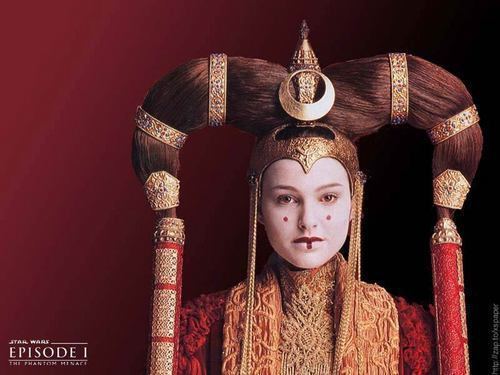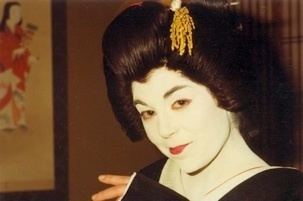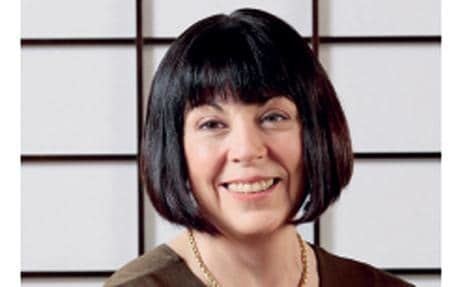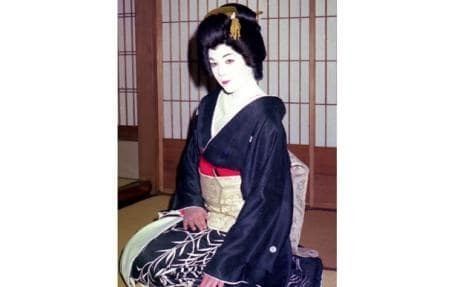Nationality American Other names Ichigiku Name Liza Dalby | Citizenship United States | |
 | ||
Books The Tale of Murasaki, Kimono: Fashioning Culture, East Wind Melts the Ice: A Me, Geisha, Hidden Buddhas: A Novel of | ||
Liza Crihfield Dalby (born 1950) is an American anthropologist and novelist specializing in Japanese culture. For her graduate studies, Dalby studied and performed fieldwork in Japan of the geisha community which she wrote about in her Ph.D. dissertation. Since that time, she has written five books. Her first book, Geisha, was based on her early research. The next book, Kimono is about traditional Japanese clothing and the history of the kimono. She followed that with a fictional account of the Heian era noblewoman Murasaki Shikibu, titled The Tale of Murasaki. In 2007 she wrote a memoir, East Wind Melts the Ice, which was followed two years later by a second work of fiction, Hidden Buddhas.
Contents

Dalby is considered an expert in the study of the Japanese geisha community and has acted as consultant to novelist Arthur Golden and filmmaker Rob Marshall for the novel Memoirs of a Geisha and the film of the same name.

Background

As a high school student, Dalby visited Japan in a student exchange program; there she learned to play the shamisen. In 1975, she returned to Japan for a year to research the geisha community, as part of her anthropology fieldwork. Dalby's research, done as part of her Ph.D studies at Stanford University, was presented in her dissertation, and became the basis for her first book, Geisha, about the culture of the geisha community. Her study, which included interviews with more than 100 geisha, was considered to be excellent and received praise from scholars at the time of publication, although some retrospective scholarship is more critical. During her Ph.D studies about the geisha community, conducted in Pontochō, she was invited to join a house in Kyoto where she was allowed to attend banquets under the name Ichigiku—in part because she was fluent in Japanese and skilled with the shamisen. She performed at ozashiki without charging money, and, from the experience, formed friendships and relationships with geisha in the district.
Geisha
Her first non-fiction book, Geisha (filmed as American Geisha), is based on her experiences with the geisha community in Kyoto's Pontochō district. Because of her expertise in the subject, Arthur Golden asked for her to act as a consultant when he wrote Memoirs of a Geisha, and later Rob Marshall, director of the 2005 film adaptation starring Zhang Ziyi, consulted with her. In the book she writes about the life of geisha and how the world is based on tightly knit and hierarchical society of women. She presents the history of the geisha community and explores the context in which geisha traditionally were in the forefront of fashion, which for the modern geisha is no longer true.
Kimono
Geisha was followed by a book about kimono, called Kimono: Fashioning Culture. In an interview with Salon.com, she explains that in 11th-century Japanese court literature, women authors such as Murasaki Shikibu wrote lengthy descriptions of kimono in their work. Dalby believes, that from an anthropological point of view, the dress of the period must be taken seriously and she strives to understand the symbolism represented in the layering of clothing, often described in texts such as Murasaki's The Tale of Genji. In the book Dalby presents essays about the social symbolism of the kimono, going back to the 12th century when an Empress had to choose a multi-layered kimono based on mood, season, and social event, without making a mistake in color or style, moving all to the present with an essay about modern Japanese women who wear kimono.
The Tale of Murasaki
Dalby's The Tale of Murasaki, a fictional biography of Murasaki Shikibu, an 11th-century court poet, whose work The Tale of Genji is considered a classic, was published in 2000. Dalby says that she decided to write a fictional account of Murasaki's life because she "couldn't contribute anything scholarly". Fascinated by the 11th-century Heian period court culture, she wove much of it into the book: writing about the clothing the women wore; the love affairs they had; the manner in which poetry was frequently exchanged; and that women lived in seclusion, behind screens, with their faces often unseen by lovers. Dalby explains that the geisha society did not develop until at least 500 years later, and that a court lady-in-waiting such as Murasaki would not have had the temperament to be a geisha because Murasaki was reserved, whereas geisha are expected to be outgoing.
East Wind Melts the Ice
She then wrote a memoir, East Wind Melts the Ice: A Memoir through the Seasons, published in 2007. In the book, she follows the a system of time derived in ancient China in which a year is divided into 72 five-day periods. She claims the concept has affected her sense of time. The memoir consists of 72 vignettes, with lower case titles, such as "chrysanthemums are tinged yellow". According to The New York Times Book Review, Dalby sees herself as eccentric, reflected in her writing, where she presents unusual yet interesting material. In the book, she weaves together experiences from Japan, China and northern California, and "presents a wealth of information". Dalby received praise from Booklist for the manner in which she uses stream-of-consciousness to create a work in which the eastern concept of time is contrasted with the western; her ability to see with an anthropologist's eye and yet to bring an imaginative and creative view to this work; and in particular to bring together the various places she has lived, from Kyoto, where she was the first western woman to become a geisha in the 1970s, to northern California where she currently lives.
Hidden Buddhas
Dalby's second novel, Hidden Buddhas: A Novel of Karma and Chaos, was published in 2009, in which she returns to writing fiction. In this book, set in modern-day Japan, Paris, and California, she writes a story set against the backdrop of the concept of hibutsu (secret Buddha statues) in Japanese Buddhist temples.
